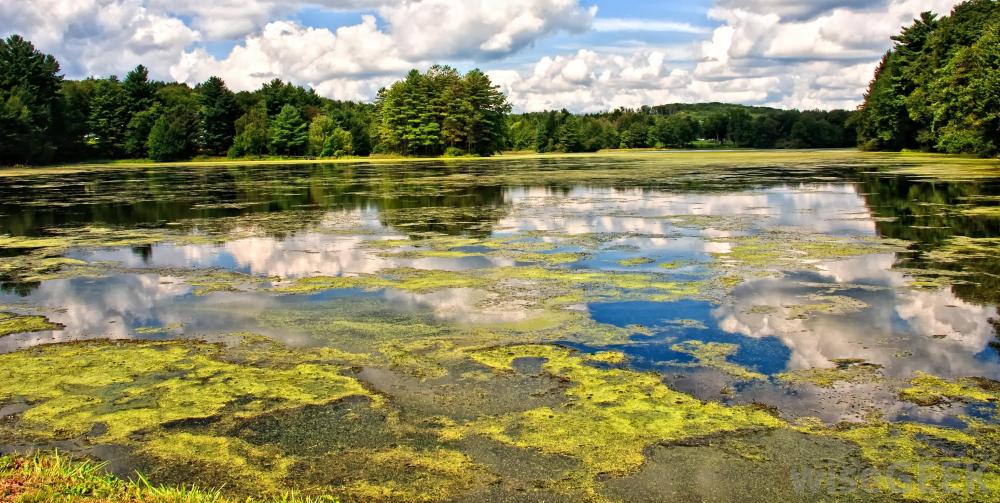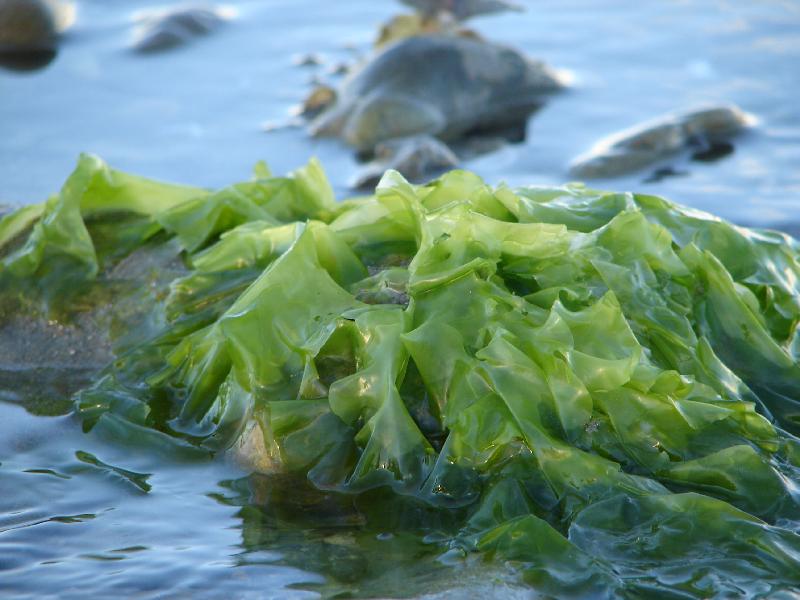Difference Between Seaweed and Algae

Algae and seaweed are two distinct groups of plants inhabiting aquatic ecosystems. Seaweed makes a subset of algae and posses some special characteristics as unlike most of algae, they are multi-cellular and macroscopic. Moreover, seaweed is usually marine and is found in the seabed. Algae, on the other hand, can be both unicellular and multi-cellular. Furthermore, the diversity of the latter is extremely high and incomparable with the former. Algae are mostly autotrophic but some species rely on external food sources but all seaweed species prepare their own food. All seaweed species dwell in marine waters only, while algae inhabit seawater as well as freshwater. Seaweed is usually found in shallow water while marine algae can inhabit shallow as well as deep water.
Instructions
-
1
Seaweed
Seaweed is a colloquial term used to describe multi-cellular species of algae, including the red brown and green algae. However, there is no specific definition for seaweed as there is only one common ancestor to which these marine eukaryotes could be linked. This basically means it is a paraphyletic group of multi-cellular organisms. There are more than 10,000 known species of seaweed. Red algae have the highest diversity among all, with over six thousand species, while green algae is the least diverse group with just 1200 species. Seaweed inhabits marine water, where it can grow under any temperature from ice-cold poles to hot equators, as long as they are receiving enough sunlight to carry out the process of photosynthesis.
Seaweed has been useful for humans in a number of ways and are further classified on the basis of their uses, for example food, fertilizer, herbal, industrial etc. Besides being foraged from the wild, seaweed is also farmed. Indonesia surpassed Philippines as the world’s largest seaweed producer by producing three million tons at the start of 2011. By the end of 2012 the production reached 10 million tonnes.
- Image courtesy: wildirishseaveg.com
-
2
Algae
Algae constitute one of the most primitive organisms (both unicellular and multi-cellular) on the planet. The fossil evidence of algae dates back to over three billion years. Previously, algae included both prokaryotes and eukaryotes but now only the latter are included in the classification. Algae can be both unicellular as well as multi-cellular and inhabit any ecosystem including seawater, freshwater and brackish water. Almost all algae species prepare their food on their own, through photosynthesis. Algae make the most diverse group of living organisms on the planet with about 320,500 known species.
- Image courtesy: boundless.com







